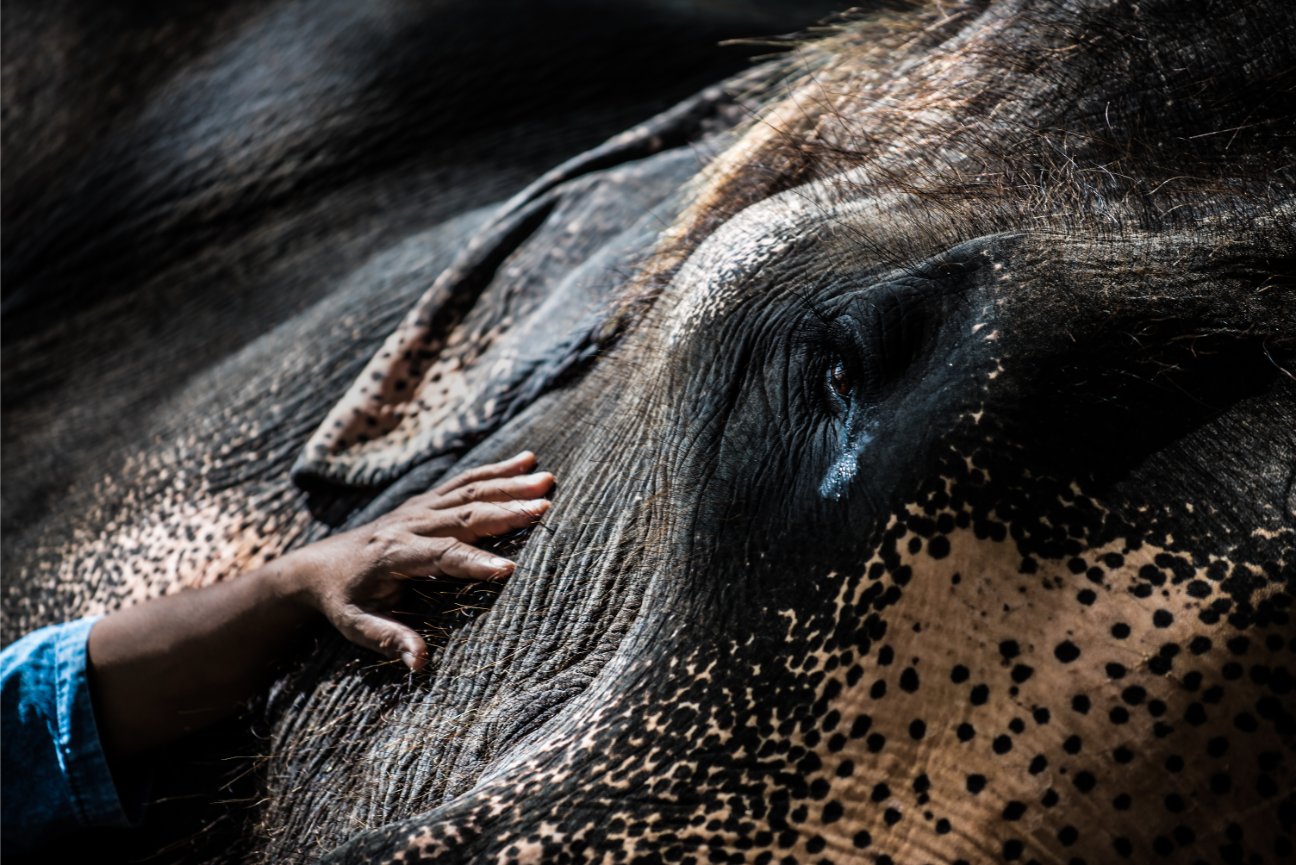There is no dearth of incidents where man-made poison has taken the lives of animals. One such poison is plastic! Here’s how it affects wildlife and contributes to human-animal conflict.
Walk into a shop; buy ten things instead of one? No problem – that’s what plastic bags are for. Or takeaways – delivered with a plastic fork – no need to do the dishes; simple! While you still may get a plastic fork with your meal, plastic bags aren’t so easy to procure. The recent plastic ban that was attempted brought to light the amount of plastic we consume – or at least how often we rely on it.
Many feel profoundly horrified in retrospect, but the plastic problem is still not gone – we still have to deal with packets of chips, gutka, plastic straws and other wrappers thrown about. For city slickers, it can be a mere annoyance, something to turn their noses up at: “Oh god ya, don’t people know how to use dustbins?!” It’s when you get out of the city when the real horrors come to light.
In 2014, a female elephant was found dead near the Sabarimala temple in the Periyar Tiger Reserve (TR). The autopsy revealed there were two kilograms of plastic in her abdomen. It’s possible she couldn’t have been able to eat for weeks due to the internal blockage. What should have been an eye-opening situation merely passed into bygone news with a grave consensus that something should be done. What exactly, wasn’t really outlined. However, the Forest Department did conduct a survey and found plastic in elephant dung.

Image courtesy - Shutterstock
A year later, researchers from a vulture conservation group Arulagam found plastic wrappers, thermocol bowls and pieces of tetra packs in elephant dung in the Mudhumalai TR. They found that elephants were drawn to the smell of the salt, fruits, jaggery and other sweets that the plastic vessels used to carry and consumed them.
Both Periyar and Mudhumalai TRs have important temples – the Sabrimala and Bannariamman Temples situated deep within their realms. Every year, pilgrims traipse through the jungles to reach the temples to pray to their deities. A lot of plastic travels with the pilgrims, which they dispose of in the jungle along the way. Small temporary shops also spring up to cater to travellers – after all, god forbid that they should crave a packet of chips or gutka along the way with nowhere to buy any!
The Forest Department simply does not have the manpower to clean the huge amounts of garbage generated, while the temple authorities state that most of the garbage is found in the FD’s jurisdiction.
A pachyderm was found dead near Sabarimala again in early 2018, which prompted the Kerala High Court to take action. As of the 23rd of July 2018, the Kerala High Court has now ordered a complete ban on plastics and plastic-wrapped products near the Sabarimala temple, stating: ‘Uncontrolled and growing plastic pollution has left the earth gasping for breath’.
How the ban is implemented remains to be seen. The Bannariamman Temple has dealt with the problem in a more simplistic manner with a statement on their website: ‘Devotees donating food are not supposed to provide food in plastic covers. The temple is not responsible for unexpected incidents due to the government or any other reasons.’
While these are only two examples of how plastic is seriously threatening wildlife in the country, there are several other places where animals have died because of plastic poisoning. It is a problem that can only be solved when all concerned stakeholders get together and come up with stringent implementable laws and alternative solutions to plastics.